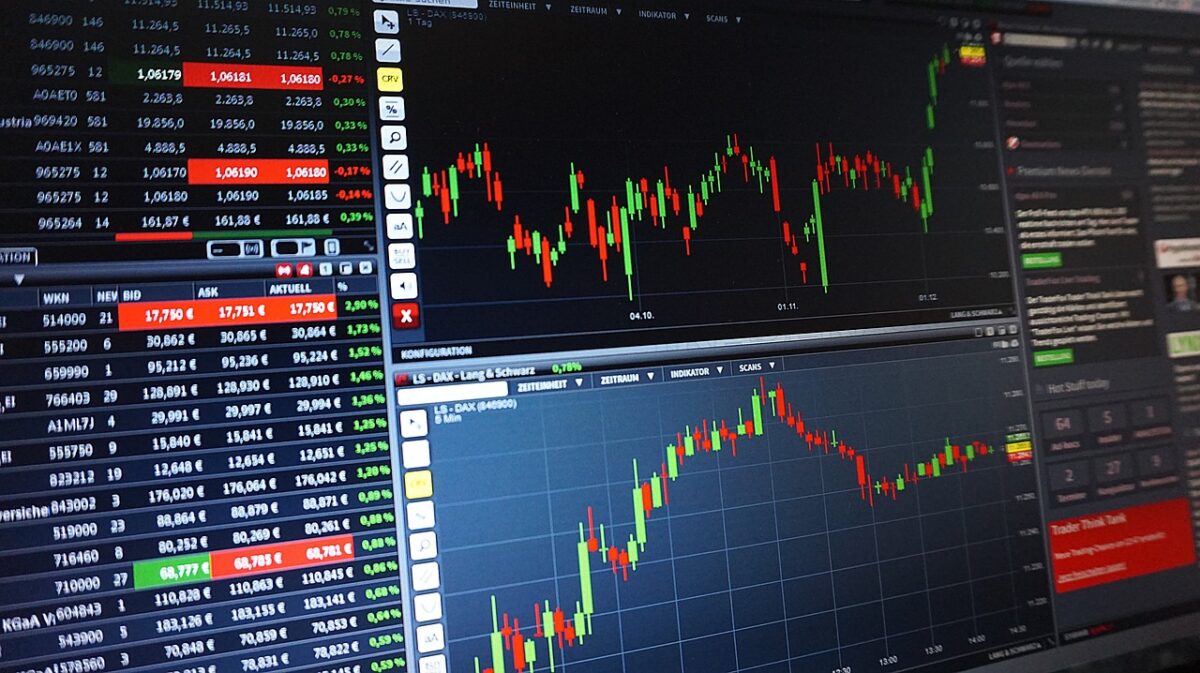
Personal investment isn’t always at the forefront of entrepreneurs’ minds. When people are attempting to raise capital to start and maintain new businesses, the money comes from various sources like the ones covered in the article ‘Founding a Tech Startup — Where is the Money Coming From?’ a few years back. These sources include loans, outside investors, crowdfunding initiatives, and so on. Usually, an influx of personal investment earnings isn’t on the list.
Nevertheless, entrepreneurs ultimately try all kinds of things to put together the funds they need. Many are open to trying something new. Additionally, some entrepreneurs will eventually want to invest some of their profits as a means of amplifying personal gains. In doing so, many from the startup world will be tempted to try a tech-forward approach, such as internet investment in other startups, or ventures into the world of cryptocurrency. In the near future though, the forex market may offer a similarly appealing option.
Right now, most don’t think of forex as having any particular tie to the tech world. But that may change as the market moves closer to pairing with blockchain technology. The transition to the blockchain was discussed by Ledger Insights in a fairly exciting piece revealing that HSBC has already conducted more than $250 billion in forex trades on blockchain networks. In doing so, it has shown that technology can increase efficiency (and possibly lower fees), which increases the likelihood that other forex trading entities may follow suit.
This could turn forex into a more appealing option for younger investors, as well as for entrepreneurs who live specifically in the world of tech. So we decided to give the market a look and go over some of the basic things to understand before getting involved.
Forex Trading Defined
Forex trading is effectively a means of investing in the differences between currency values. More accurately though, it’s speculating on the value of a given currency as it relates specifically to another. As an example, we’ll point to EUR/USD — the Euro-to-U.S. dollar pairing, which is one of the most important ones in forex. Trading on the EUR/USD pair means either buying it (anticipating that the Euro’s relative value will increase) or selling it (hoping for the Euro’s value against the dollar to decline).
Pairs to Know
If you dig into the forex market enough, at least with a reputable broker, you can find just about any currency trade you could imagine. But a handful of them all involving the U.S. dollar are commonly defined as “major” pairs among forex traders: EUR/USD, GBP/USD, USD/JPY, USD/CAD, AUD/USD, USD/CHF, and NZD/USD. Not all forex trades are conducted among these pairs at all, but a significant portion are.
Understanding Pips
A “Pip” is a term you might not know if you haven’t traded forex before. But if you ever plan on getting started, it’s a very important aspect of the process. In the simplest terms, a pip is something that allows small increment trades, as opposed to trades in full units, according to FXCM’s article on ‘What is a Pip?’ In many cases, a pip specifically denotes 0.0001 of a currency’s value (though in some less valuable pairs it can be 0.01). The purpose this serves is that rather than making trades based on entire units of currency (say, EUR/USD moving up from 1.3540 to 2.3540), investors can measure their decisions in pips gained or lost (such that EUR/USD moving up from 1.3540 to 1.3546 would mean six pips gained, amplified by however much was invested).
What Impacts the Market?
Naturally this is a broad enough question that it’s impossible to answer completely. In theory, though, anything that might affect currency values can impact the forex market. This includes international disputes, changes to interest rates, natural disasters, market crashes, economic inflation, political elections, and more. The bigger the story, and the more directly it relates to currency, the greater impact it is likely to have — but all in all, there’s a lot to keep track of.
What the Future Holds
Forex trading makes for a fairly steady market, in the sense that it hasn’t dramatically changed in some time. The near future could bring about some interesting wrinkles, however. First and foremost is the potential shift to blockchain-based transactions we already discussed. Another potential change, however, concerns some influential nations’ possible adoption of digital currency. China has already started a trial of what is effectively a digital yuan, and The Wall Street Journal speculated about the U.S. doing the same thing. These developments aren’t guaranteed, but they’d likely have a significant bearing on currency markets.



